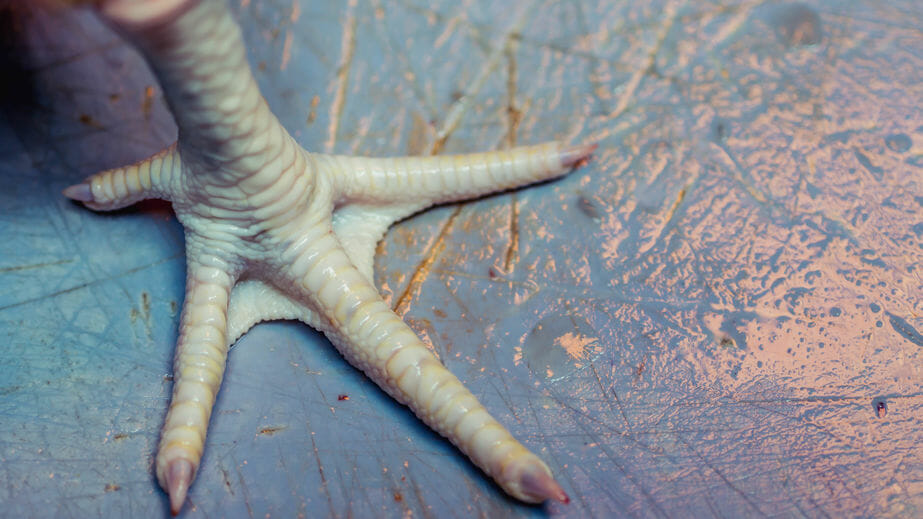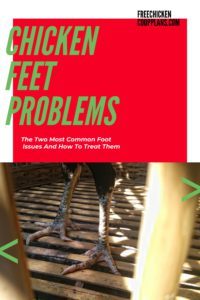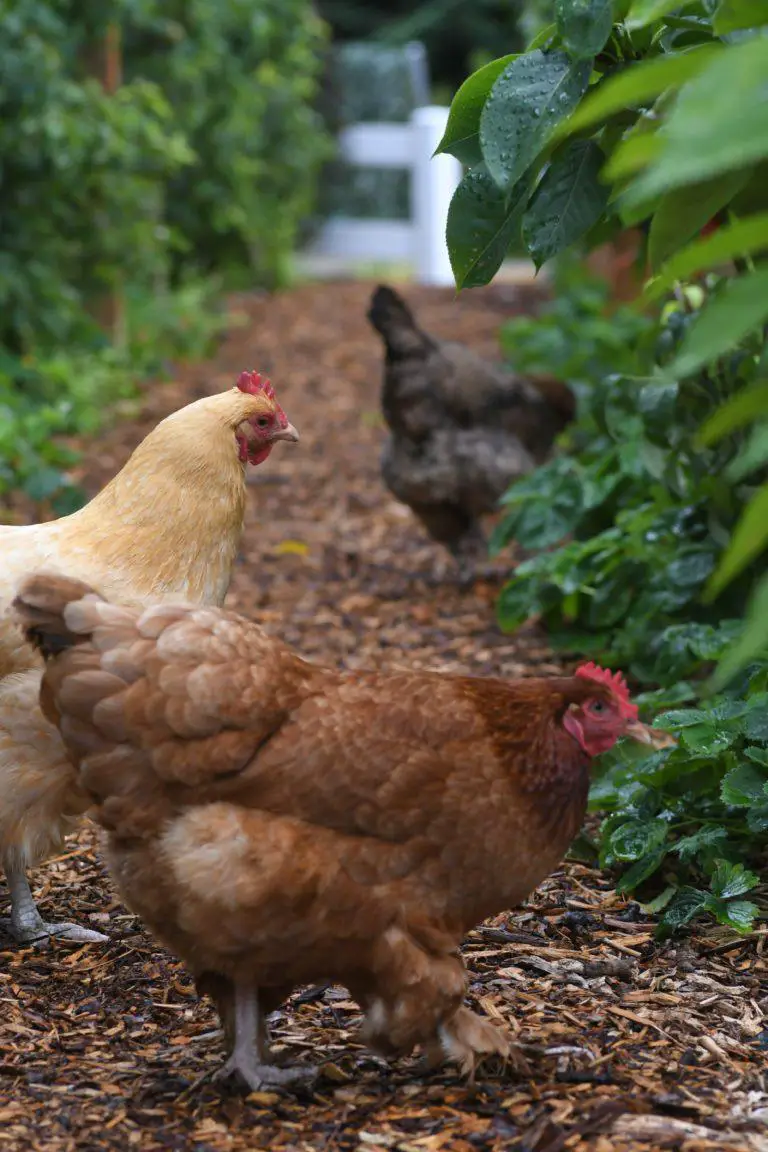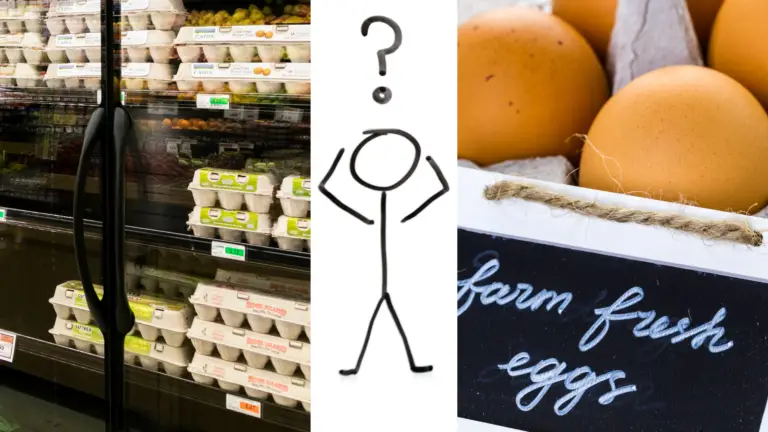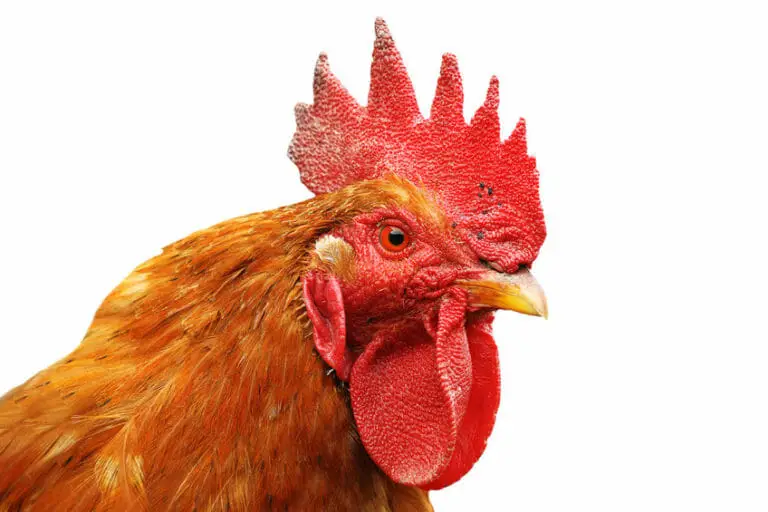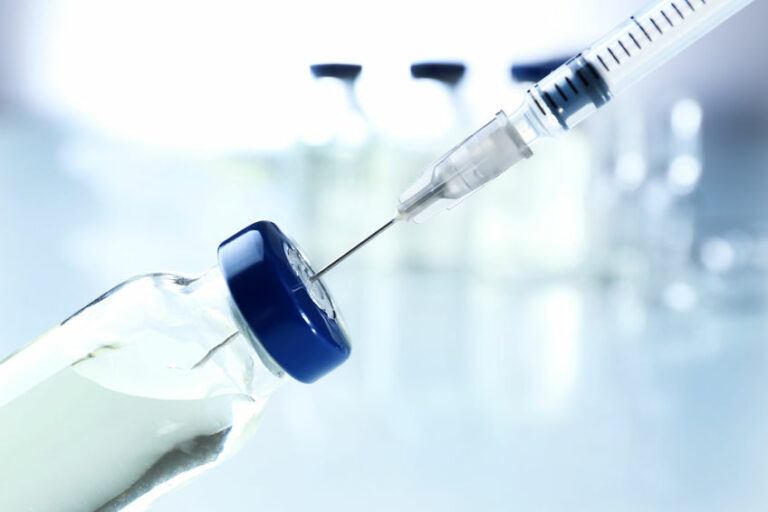Chicken Feet Problems – The Two Most Common Foot Issues And How To Treat Them
Chicken Feet Problems with Implementable Solutions
Chicken feet problems can cause lameness for a variety of reasons. Strains, sprains, fractures, and breaks are all possibilities.
Some birds may have dietary deficiencies, while others have genetic predispositions for lameness.
Gout is even a possibility.
Although you have some detective work to do with a foot problem, two common issues tend to develop more often than others.
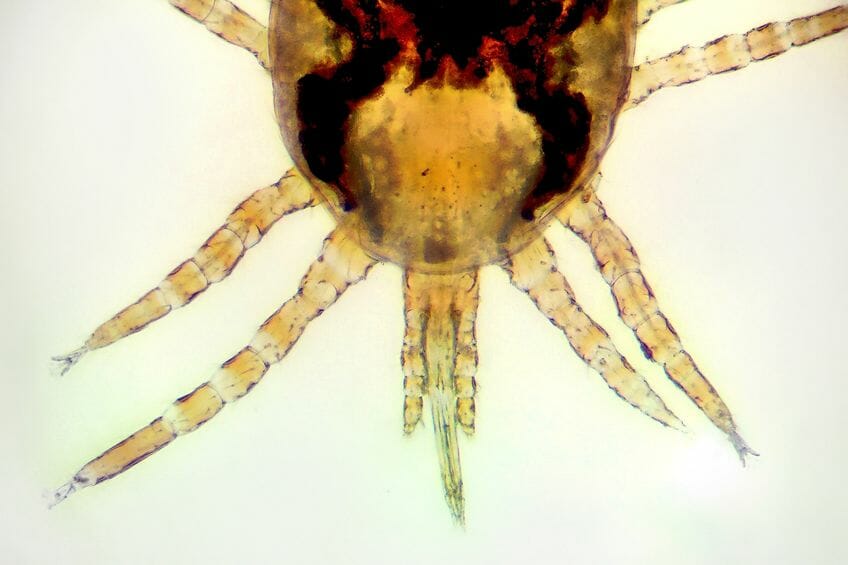
Problem #1: Leg Mites
Mites love to find birds. Although younger chickens can typically escape this issue, older ones can encounter it frequently.
This chicken feet problem involves a tiny parasite that burrows under the shanks and feet. It raises the scales with its debris until deformation occurs.
The mites travel along the roost, eventually affecting each bird. You can start controlling this foot issue by brushing the perches monthly with two parts linseed oil and one-part kerosene.
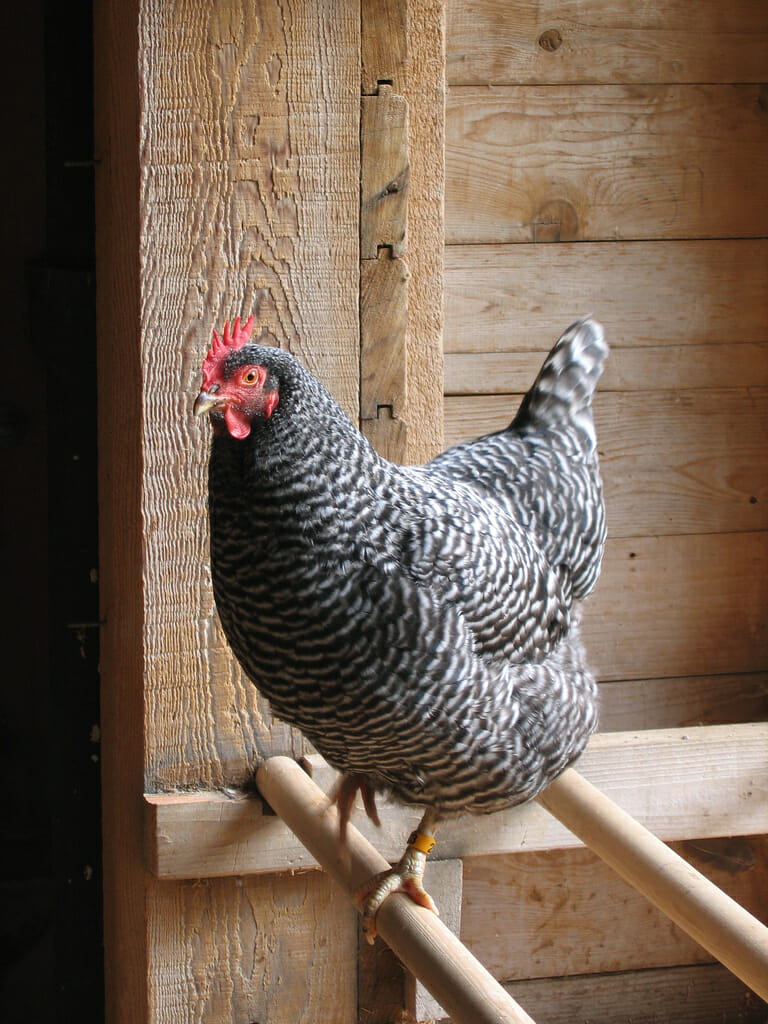
Some poultry keepers like to use a drug called Ivermectin. The mites eventually develop resistance to it, so you’d need to find another solution anyway.
You can also smother the mites in linseed oil or petroleum jelly. Others have used paraffin oil or coconut oil. These are excellent methods that are also more cost-effective. Apply the chosen product daily until the scaly areas are gone and the legs are smooth again.
Problem #2: Bumblefoot
Chicken feet problems like bumblefoot can cause the bird to go lame surprisingly fast. It forms from a bacterial infection in the footpad, especially within the more substantial breeds.
The abscess in the middle of the food can form from splinters, jumping from their perch, or scratching at rocky soil.
You can treat individual chickens by softening the abscess in warm water for 10-15 minutes, massing the foot to remove debris. Inflammation problems are helped with the addition of Epsom salts.
Once the foot is soft enough, the scab in the middle of the foot should peel off. You can then remove the waxy core by pressing the abscess’s sides or using tweezers and a sharp knife. Continue soaking and scraping as needed until the entire area is clean.
Finish by applying an antibacterial ointment and covering with a sterile pad until the healing process is complete.
What About Gout?
Just be aware that Gout can easily be mistaken for bumblefoot or scaly leg mites. The underlying issue in Gout is a kidney problem. It is a type of arthritis where urate crystals form and build up in the joints. This causes inflammation in the joints of the feet and hock areas.
Bumblefoot will look more like a large scabby lump in the pad at the bottom of the foot, usually in the center. It often just affects just one foot, not both. Gout, on the other hand, can affect both feet and the chicken can get infected sores under the toes, causing swelling in those areas.
Other Types of Prevention
With proper care for your flock, bumblefoot and scaly leg mites can be minimized or prevented from happening altogether.
- Provide a dust bath area.
- Keep rodents out.
- Try to minimize contact with outside birds which are often the source of the issue.
- Keep the coop free from poop build up by cleaning the coop often or using the deep litter method.
Closing Thoughts
If you raise animals of any kind, you’re bound to encounter illnesses from time to time; and the same goes for our feathered friends. But with a consistent level of care and preventive maintenance in the coop, many of these problems can be remedied.
If you are not sure about the chicken feet problems you see at home, a conversation with your trusted veterinarian is always helpful when solving the mystery of this issue.
Thanks for stopping by!

